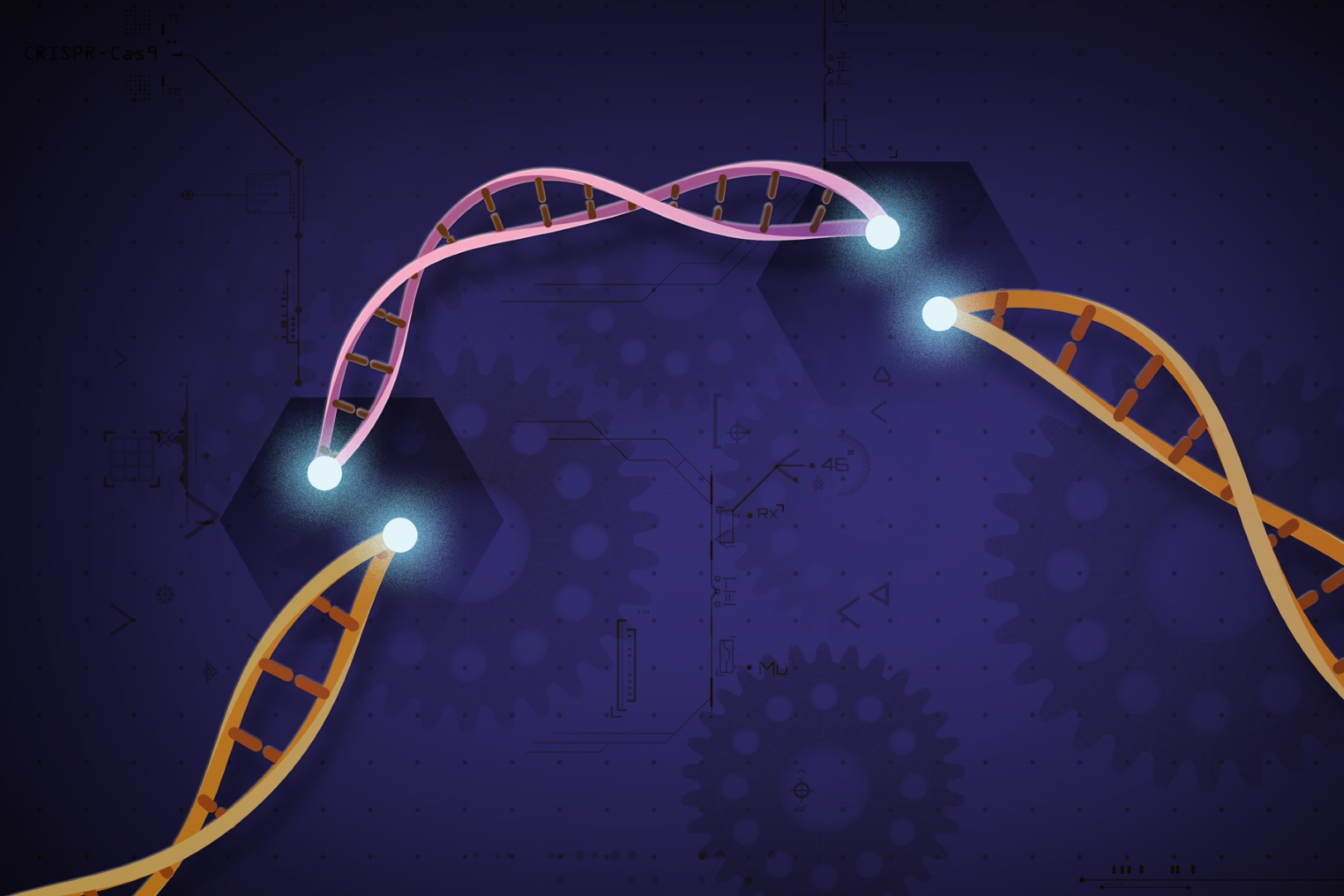The Lamen
FDA approves first CRISPR therapy for sickle cell disease

CRISPR is having its moment of glory as the FDA approves the first gene-editing therapy for the treatment of sickle cell disease.
Photo: National Institutes of Health
The Food and Drug Administration approved the first gene editing therapy for humans on Friday, aimed at treating the painful symptoms of sickle cell disease. The treatment was first approved last month by the UK.
Sickle cell disease is a painful inherited blood disorder, causing the production of sickle or “C”-shaped red blood cells — leading to frequent episodes of pain, anemia, and swelling. The condition affects an estimated 100,000 people in the U.S. and about 20 million people worldwide.
“Sickle cell disease is a rare, debilitating and life-threatening blood disorder with significant unmet need, and we are excited to advance the field especially for individuals whose lives have been severely disrupted by the disease by approving two cell-based gene therapies today,” said Nicole Verdun, director of the Office of Therapeutic Products within the FDA’s Center for Biologics Evaluation and Research.
Details: Exa-cel (brand name Casgevy) — a cell-based gene therapy from Vertex Pharmaceuticals and CRISPR Therapeutics — is a one-time gene-editing treatment.
- For 29 out of 31 patients, the drug corrected the effects of the genetic mutation that causes sickle cell disease — freeing them of episodic pains for at least a year after receiving the drug.
- Alongside, the agency also approved a second treatment from Bluebird Bio called Lyfgenia, which uses conventional gene therapy for sickle cell disease without any gene editing.
A looming question around the approval is how Africa’s medical facilities could offer the treatment since most sickle cell disease patients live in Africa.
- Vertex/CRISPR have priced their therapy at $2.2 million, while Bluebird Bio’s therapy will cost $3.1 million in the U.S.
- The Institute for Clinical and Economic Review estimated that an appropriate price for Casgevy would be between $1.35 million and $2.05 million per patient.
- “I started to experience things I had only dreamt of: boundless energy and the ability to recover by merely sleeping” said Jimi Olaghere, one of the few dozen patients who received Casgevy. ”The treatment itself was an intense, monthslong journey,” he added.
What’s more: An FDA panel will decide by March 30 whether the therapy should also be approved for beta thalassemia — a related blood disorder that lowers the concentration of hemoglobin. The UK approved Casgevy for both sickle cell and beta-thalassemia.
What is CRISPR?
Dr. Jennifer Doudna and Dr. Emmanuel Charpentier published a groundbreaking paper in 2012 on CRISPR — explaining how it provides bacteria with adaptive immunity against viruses, and how it could be a powerful programmable gene editing tool.
Gene editing techniques have been around for years, but what makes CRISPR Nobel Prize-worthy is its precision. Dr. Doudna and Dr. Charpentier realized that they could snip a DNA sequence of their choosing — all they needed was a “guide RNA” sequence that leads a pair of “molecular scissors” to the intended DNA strand. Scientists can use this to inactivate a gene or insert a new gene at the site to correct genetic defects.
How does Casgevy work?
In sickle cell disease, an inherited genetic mutation causes molecular changes in the structure of hemoglobin — the protein that carries oxygen through the blood — to form sickle-shaped proteins that die more rapidly and clog blood vessels. This causes severe pain, with other complications like stroke, heart attack, and organ damage.
Casgevy doesn’t fix this mutation. It instead compensates for these malfunctioning proteins by inducing the production of fetal hemoglobin — the main oxygen carrier in the fetus which normally switches off shortly after birth. Casgevy utilizes CRISPR/Cas9 enzyme to disrupt the expression of the gene BCL11A, which in turn leads to a surge in fetal hemoglobin levels.
While a one-time treatment, the process itself is complicated and takes months. It involves extracting blood stem cells from the patients, which are then CRISPR-ed and quality-checked. The patients then undergo preparatory chemotherapy for a few days to clear out the native cells and make space for new ones. The gene-edited stem cells are then injected into the patients — who must then remain in the hospital until their immune system recovers.
Are more gene-editing therapies on the way?
The first CRISPR clinical trials began in 2019 involving patients with sickle cell disease. Researchers have looked at CRISPR to make crops more nutritious, resistant to stressors, and even snip out allergens. However, its true potential lies in medicine.
As the quest to employ CRISPR in treating disease gains ground, genome editing could revolutionize medicine over the next decades — like allowing access to potential cures for cancer and HIV. However, the technology also poses an ethical question: how it could create a generation of altered human embryos, the so-called “CRISPR babies.”